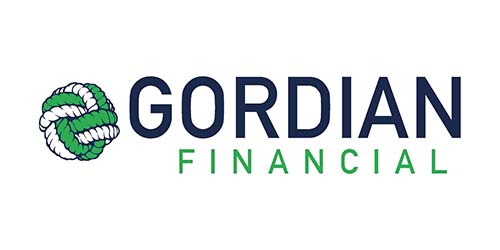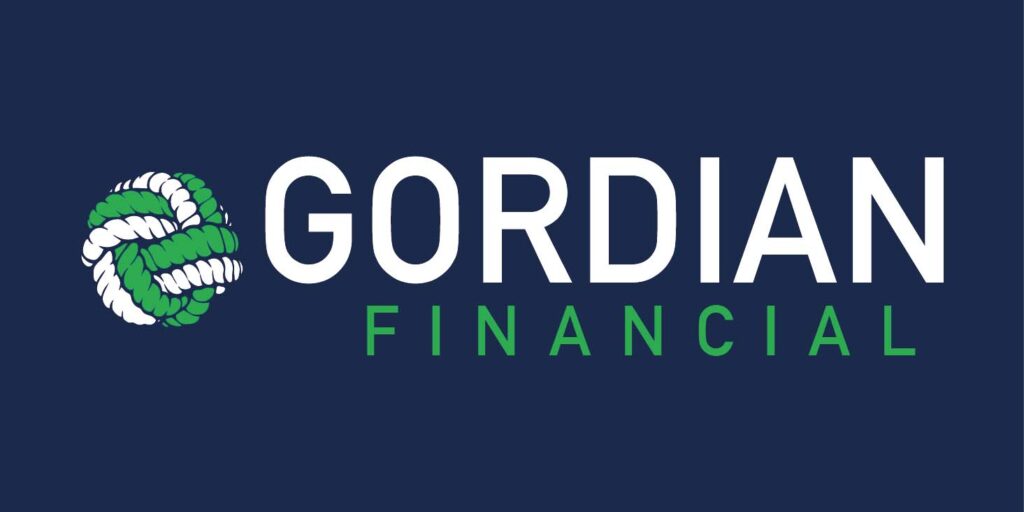Cash flow management is an area that many business owners don’t fully understand with 61% of small businesses listing it as a major challenge they face, according to recent studies. Understanding the basics of cash flow management not only allows you to grow your business, but also reduces stress surrounding meeting payment obligations, making it a top priority on your to-do list.
What is Cash Flow Management?
Cash flow management tracks the money flowing in and out of your business. The primary account used to track cash flow management is the business checking account, which most transactions should be run through. Transparency into the movements in your business checking account is critical to plan for business growth and have the funds available when scalability opportunities arise.
A common way that businesses track cash flow is through the statement of cash flows, which is a part of the basic financial statement package. This statement highlights the movements of cash in your business between two periods, which is generally a year; however, business owners derive more insight from frequently reviewing their cash flow.
What are the Ways to Effectively Manage Cash Flow?
The primary goal of cash flow management is to pad up your checking account to increase profitability or plan for large purchases. The first effective cash flow management policy is regular bookkeeping. For more information on monthly bookkeeping procedures, visit our blog here. Regular bookkeeping ensures all transactions are recorded and properly categorized, giving you accurate financial statements to base your decisions on.
Next, you want to identify your goals of cash flow management. Are you planning on purchasing a new piece of equipment? How about hiring another employee? Money-intensive tasks often require extensive planning, especially for small businesses. Maybe your goal doesn’t involve spending money, but saving money. The income statement you generate can tell you how your business is spending its money. Are there any categories you can cut costs? Reducing the cash you spend is a part of cash flow management.
Other strategies of cash flow management include drawing on a line of credit, taking advantage of supplier discounts, and collecting funds from customers sooner. Drawing on a line of credit is a great way to avoid taking a large hit to your checking account. This can be used for unexpected expenses or even to finance equipment in the short term. Keep in mind that a line of credit does come with interest, but these expenses are immaterial compared to the financial leverage it can provide you with.
Supplier discounts help you save money. These discounts often require quick payments, highlighting the need for proper bookkeeping controls. You must have enough cash on hand to cover at least 6 months of expenses before you consider taking early payment discounts. If you are struggling to maintain that level of cash, ramp up your customer payment collection efforts with frequent follow-ups and reminders.
Summary
The cash flow management policies that are best for your business aren’t a one-size-fits-all approach. This is where a qualified consultant comes in and suggests viable strategies tailored to your business needs. Gordian Financial can do just that as their experienced team of advisors understands that cash flow is an issue that plagues many business owners. Having a trusted advisor to turn to when business gets tricky makes all the difference. Reach out to a team member today to learn more.



